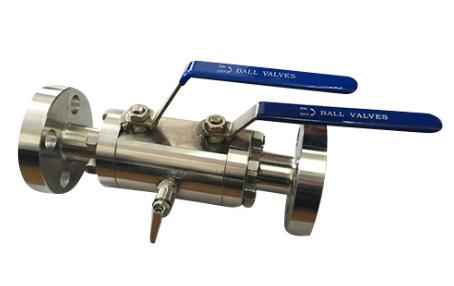Ball valves are essential components in many piping systems, offering a reliable way to control the flow of liquids and gases. One of the most straightforward types of valve to operate, ball valves are known for their simplicity and efficiency. However, understanding how to determine whether a ball valve is open or closed is crucial for ensuring proper system operation. The position of the valve handle provides the key indicator of its status.

Ball Valve Operation Basics
Ball valves are designed with a spherical ball inside the valve body, which has a hole or port through its center. When the valve is open, the ball rotates so that the hole aligns with the pipe, allowing flow through the valve. When the valve is closed, the ball rotates 90 degrees to block the flow. This simple mechanism makes ball valves easy to use and reliable.
In terms of operation, the ball valve handle is the main visual indicator that helps users determine whether the valve is open or closed. Unlike other types of valves that may require gauges or other indicators, the position of the handle provides a clear, immediate visual cue.
The Handle Position Indicator
The most direct way to determine whether a ball valve is open or closed is by checking the position of the handle. In a typical ball valve installation, the handle moves in relation to the ball inside the valve, providing a clear visual indication of the valve’s status.
When the handle is parallel to the pipe: This indicates that the valve is open, and flow is allowed through the pipe. The ball’s hole is aligned with the pipe, enabling fluids to pass through.
When the handle is perpendicular to the pipe: This signifies that the valve is closed, blocking the flow. In this position, the ball has rotated so that its hole is not aligned with the pipe, preventing the passage of fluids.
This handle positioning system is standardized across most ball valves, making it easy to check the status of the valve without needing to inspect the internal components.
Additional Features for Valve Status
Some ball valves include additional features that can help confirm whether the valve is open or closed. These features can be particularly useful in larger systems or situations where the valve is not immediately accessible.
Valve position indicators: Some ball valves are equipped with position indicators that show a clear visual reference for the valve’s state. These indicators can be especially helpful in situations where the handle’s position might be obscured or difficult to see.
Locking mechanisms: Certain ball valves come with a locking mechanism that prevents the handle from being moved accidentally. This is often used in critical applications where it’s important to ensure that the valve remains securely in either the open or closed position.
While these added features may not be necessary for all applications, they can provide extra assurance in situations where valve status needs to be verified quickly and accurately.
Factors That Can Affect Valve Operation
While the handle position generally provides an accurate indication of whether the valve is open or closed, there are a few factors that could potentially affect this:
Handle wear and tear: Over time, frequent use of the valve may cause the handle to become loose or worn. In such cases, the handle may not correctly reflect the internal position of the ball, which could lead to confusion about whether the valve is open or closed. Regular maintenance can help prevent this.
Valve design variations: While most ball valves follow the same open/closed handle positioning rules, some specialized valves might have different mechanisms or configurations. Always check the manufacturer’s instructions to confirm the operation of a specific valve type.
Pressure and temperature changes: In systems where the ball valve is exposed to extreme temperatures or high pressure, the ball inside the valve may become stuck or difficult to rotate. In such cases, it may be necessary to apply extra force or use special tools to move the valve.
Conclusion
Knowing whether a ball valve is open or closed is crucial for ensuring proper flow control in your system. The simplest and most effective way to determine the valve’s status is by checking the position of the handle. If the handle is parallel to the pipe, the valve is open, and if the handle is perpendicular, the valve is closed. By paying attention to the handle position, you can easily manage the operation of your system.
If you need assistance with selecting or maintaining ball valves for your system, contact us today. As a trusted supplier of high-quality ball valves, we can help you find the right solution for your needs and ensure reliable operation.

